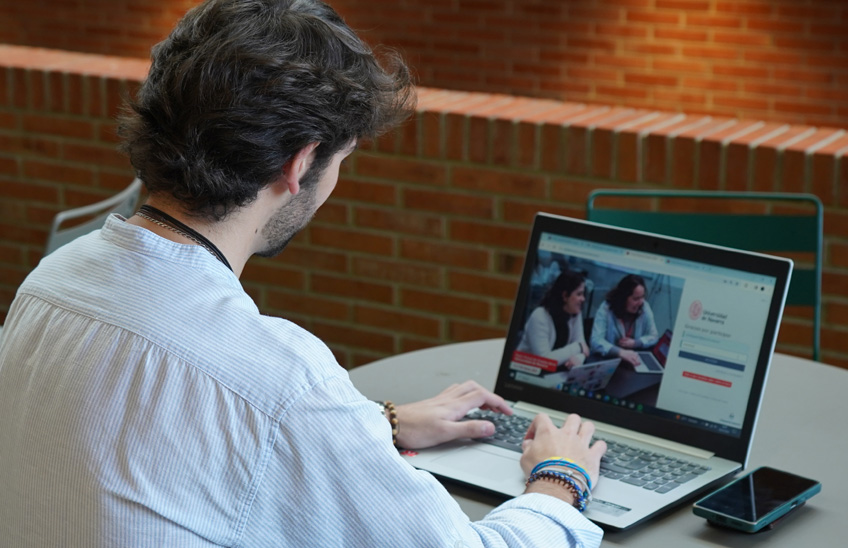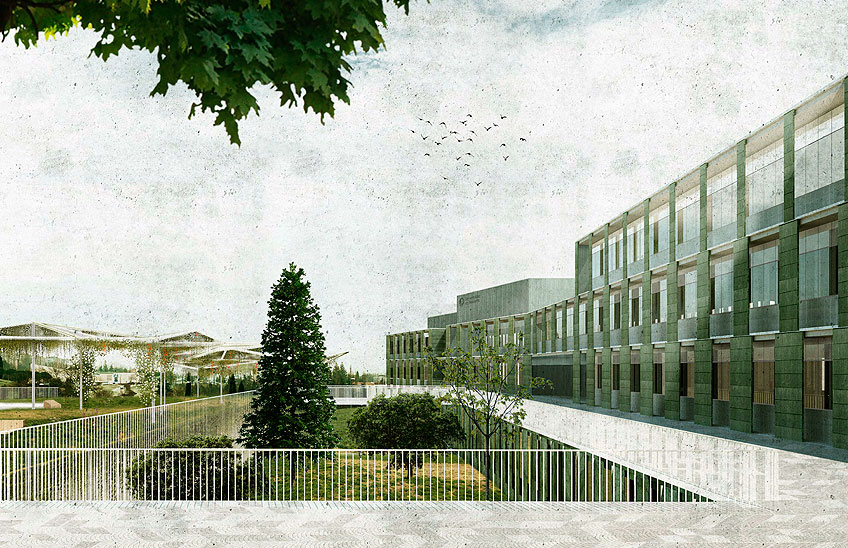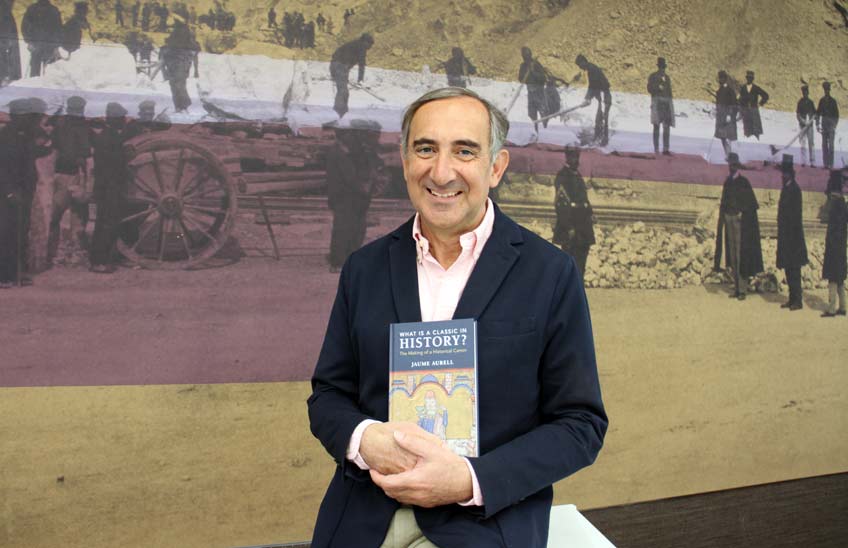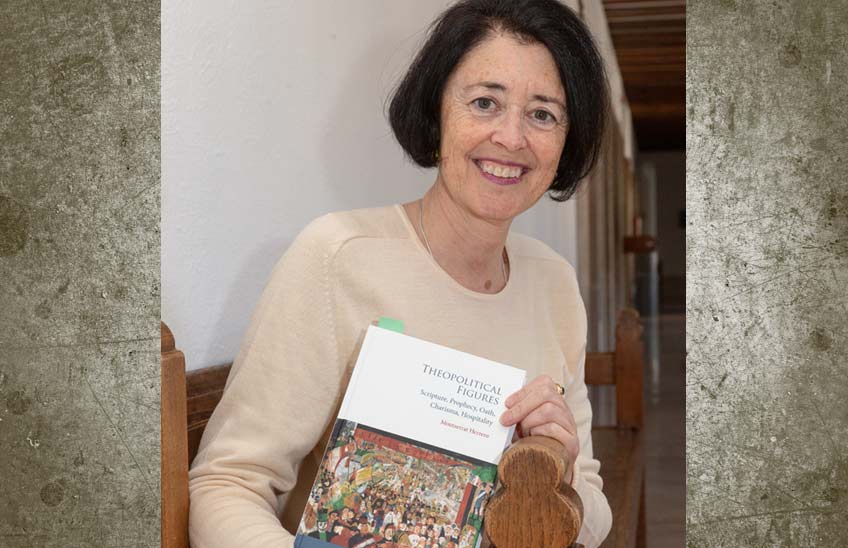A exhibition by 1st year History and Archaeology students explores the techniques of research archaeological techniques studied in the classroom
The initiative is part of an innovation project professor

FotoManuelCastells/Detail of some of the objects that can be seen in the exhibition prepared by the students of Diploma in Archaeology.
This year, the University's campus has become an improvised archaeological site. Through simulated experiences, the students of the subject "Techniques of research in Archaeology", which is taught in the 1st year of Diploma in Archaeology, have carried out tasks of prospecting, excavation and processing of archaeological materials. The goal: to improve the assimilation of theoretical contents through experiential internship outside the classroom.
The activity, which is part of the innovation project professor "The class outside the classroom. The teaching of archaeological techniques through simulated experiences", has been materialized in a exhibition that can be visited until May 10 at seminar of department of History (Ismael Sánchez Bella building). The sample consists of a series of posters explaining the techniques used in an archaeological project and is complemented with photographs of the practices that students have done in class.
As Leticia Tobalina, head of the subject, explains, in disciplines such as Archaeology, the connection with the internship is fundamental for the comprehensive training of future professionals: "It is essential that students acquire a series of practical, digital and professionalizing skills during the degree program and this subject of projects allows them to approach the discipline in a more real way".
Florencia Spano is one of the students who studied at subject. She points out that the most valuable thing she has learned is "the importance of prospecting within the archaeological process, because it allows us to locate, delimit and characterize a site, without necessarily having to excavate it with invasive techniques". He also explains that this project has also taught him to take into account the social work of historians and archaeologists: "We have the responsibility to bring the work we do and the research we carry out closer to society, and to protect cultural heritage. After all, we are dealing with issues related to our past, which are important for present and future generations."
For his part, José María Beorlegui, another of the students, highlights as one of his greatest lessons learned "the organization of the processes to be followed to develop any archaeological project in an orderly and effective manner, accompanied, in addition, by materials and records that we have studied during the practical activities". As a future historian and archaeologist, he believes that these subject projects are "indispensable" in his training: "With this work we have acquired from the most basic concepts to the most complex operations of Archaeology".
Asked about the evaluation she makes of the students' work , Professor Tobalina highlights "the motivation they have had in the simulated practices proposed for each topic of the subject and the coordination with which they have worked in the final assembly of the exhibition. It has been a very nice experience that would not have been possible without their enthusiasm".




